For a full list see Google Scholar Profile. Codes are publicly available at Wang-AXIS Lab Github
Highlights
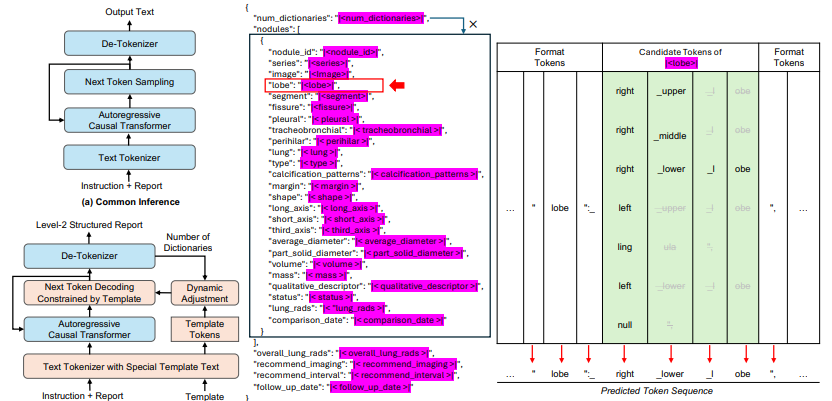
We developed an open-source LLM to generate structured Level-2 radiology reports from free-text descriptions, addressing formatting errors, hallucinations, and privacy concerns. Using our dynamic template-constrained decoding scheme, our method improved LLAMA-3.1 by 10.42% and outperformed GPT-4o by 17.19%.
Chuang Niu, Parisa Kaviani, Qing Lyu, Mannudeep K. Kalra, Christopher T. Whitlow, Ge Wang
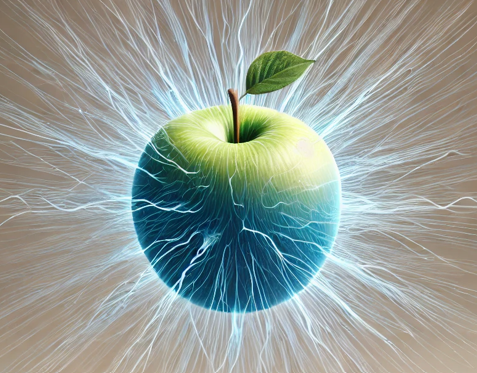
Physics-inspired generative models, in particular diffusion and Poisson flow models, enhance Bayesian methods and promise great utilities in medical imaging. This review examines the transformative role of such generative methods. This review will hopefully give peers and learners a timely snapshot of this new family of physics-driven generative models.
Dennis Hein, Afshin Bozorgpour, Dorit Merhof, Ge Wang
arXiv, 2407.10856, 2024 (to appear in Ann Rev BME, IF=12.8)
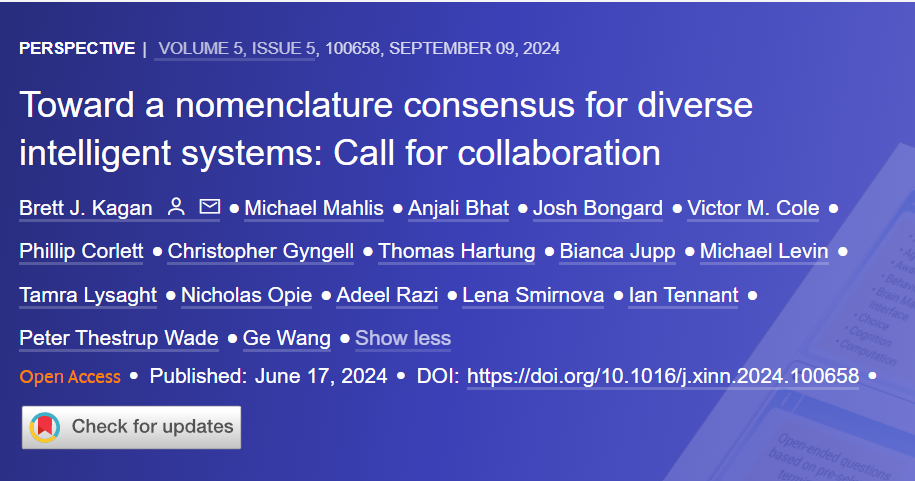
Disagreements about language use are common both between and within fields. Where interests require multidisciplinary collaboration or the field of research has the potential to impact society at large, it becomes critical to minimize these disagreements where possible.
Brett Kagan, Michael Mahlis, Anjali Bhat, Josh Bongard, Victor M. Cole, Phillip Corlett, Christopher Gyngell, Thomas Hartung, Bianca Jupp, Michael Levin, Tamra Lysaght, Nicholas Opie, Adeel Razi, Lena Smirnova, Ian Tennant, Peter Thestrup Wade, Ge Wang
Innovation 5(5):100658, 2024 (IF=33.1)

Modern medical records include a vast amount of multimodal free text clinical data and imaging data. Fully mining such big data requires multitasking; otherwise, occult but important aspects may be overlooked. Here we propose the first-of-its-kind medical multimodal-multitask foundation model (M3FM) with application in lung cancer screening and related tasks.
Chuang Niu, Qing Lyu, Christopher D. Carothers, Parisa Kaviani, Josh Tan, Pingkun Yan, Mannudeep K. Kalra, Christopher Whitlow, Ge Wang
arXiv, 2024.100658, 2024 (pending review)

We propose a Learned Alternating Minimization Algorithm (LAMA) for dual-domain sparse-view CT image reconstruction. LAMA is induced by a variational model with learnable nonsmooth nonconvex regularizers, which are parameterized as composite functions of deep networks. We prove that LAMA is convergent for reliable image reconstruction.
Chi Ding, Qingchao Zhang, Ge Wang, Xiaojing Ye, Yunmei Chen
Proc. International Conference on MICCAI, 173-183, 2023

In this popular science article, the historical development of medical imaigng technologie is discussed along with the bright perspective of this critical healthcare field. The story is presented through the lens of increasing image dimentionality from two to many and from real to imaginary.
Ge Wang
American Scientist 111:294-301, 2023

In this perspective, we present metaverse use cases, including virtual comparative scanning, raw data sharing, augmented regulatory science and metaversed medical intervention. We also identify specific action items for coordinated efforts to build the MeTAI metaverse.
Ge Wang, Andreu Badal, Xun Jia, Jonathan S. Maltz, Klaus Mueller, Kyle J. Myers, Chuang Niu, Michael Vannier, Pingkun Yan, Zhou Yu, Rongping Zeng
Nature Machine Intelligence 4:922-929, 2022

In this review, we provide a general background, highlight representative results with an emphasis on medical imaging, and discuss key issues that need to be addressed in this emerging field. In particular, tomographic imaging is an integral part of modern medicine, and will play a key role in personalized, preventive and precision medicine and make it intelligent, inexpensive and indiscriminate.
Ge Wang, Jong Chul Ye and Bruno De Man
Nature Machine Intelligence 2:737-748, 2020
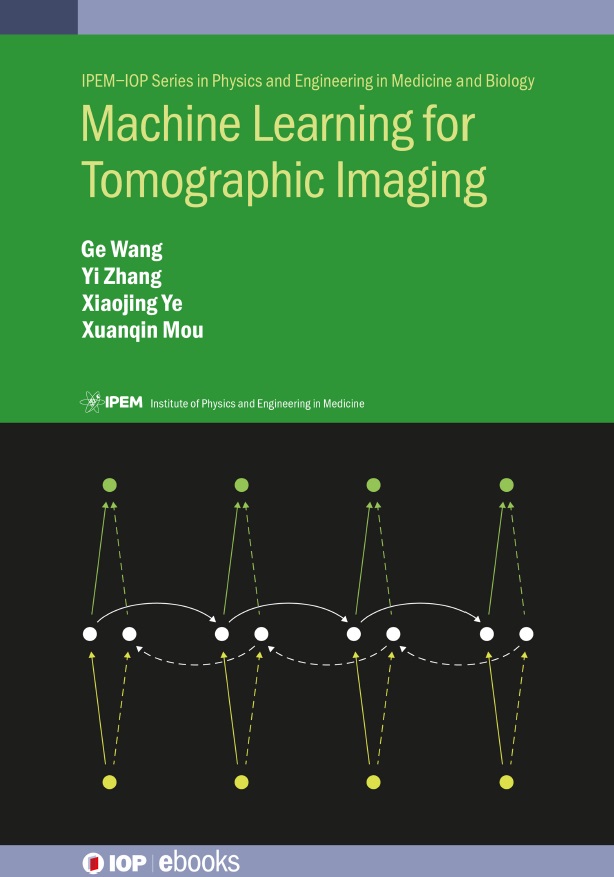
We present a unified overview of deep-learning-based tomographic imaging. Key concepts, including classic reconstruction ideas and human vision inspired insights, are introduced as a foundation for a thorough examination of artificial neural networks and deep tomographic reconstruction. X-ray CT and MRI reconstruction methods are covered in detail, and other medical imaging applications are discussed as well.
Ge Wang, Yi Zhang, Xiaojing Ye and Xuanqin Mou

This study confirms that our deep learning approach performs either favourably or comparably in terms of noise suppression and structural fidelity, and is much faster than commercial iterative reconstruction algorithms.
Hongming Shan, Atul Padole, Fatemeh Homayounieh, Uwe Kruger, Ruhani Doda Khera, Chayanin Nitiwarangkul, Mannudeep K. Kalra, and Ge Wang
Nature Machine Intelligence 1:269–276, 2019
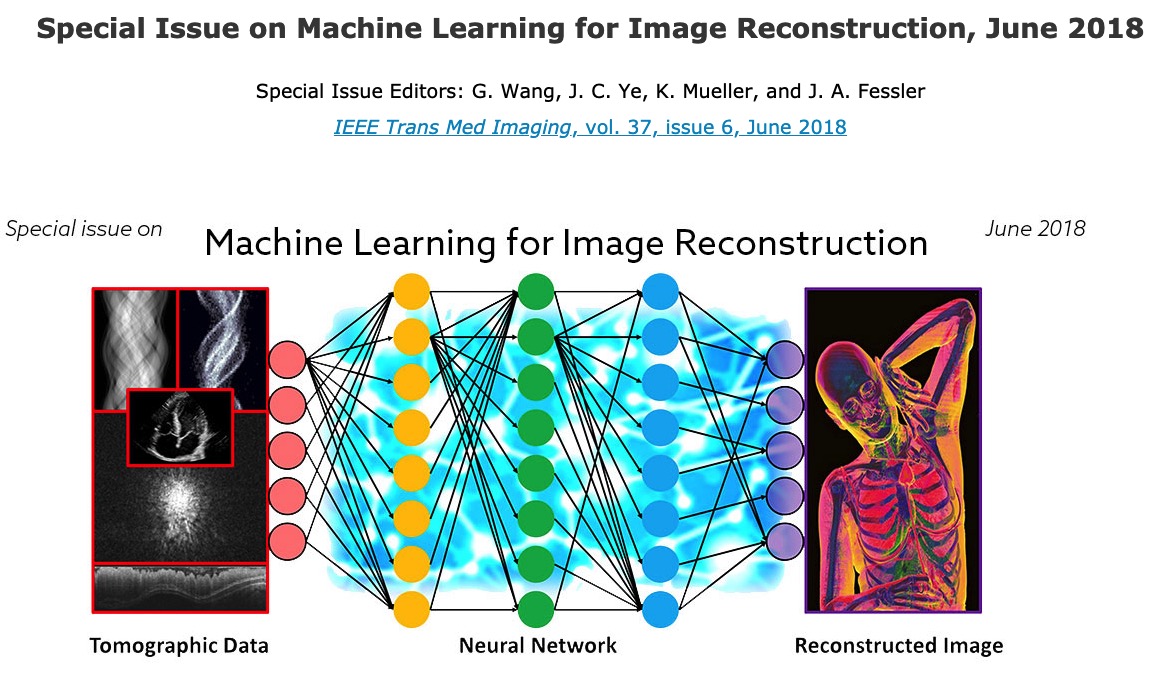
This is the first special issue dedicated to the theme of “Machine Learning for Image Reconstruction”. In addition to well-known analytic and iterative methods for tomographic image reconstruction, machine learning is an emerging approach for image reconstruction, and likewise image reconstruction is a new frontier of machine learning. There are exciting research and application opportunities ahead for smart imaging and precision medicine.
Ge Wang, Jong Chu Ye, Klaus Mueller and Jeffrey A. Fessler
IEEE Trans. on Medical Imaging 37:1289-1296, 2018
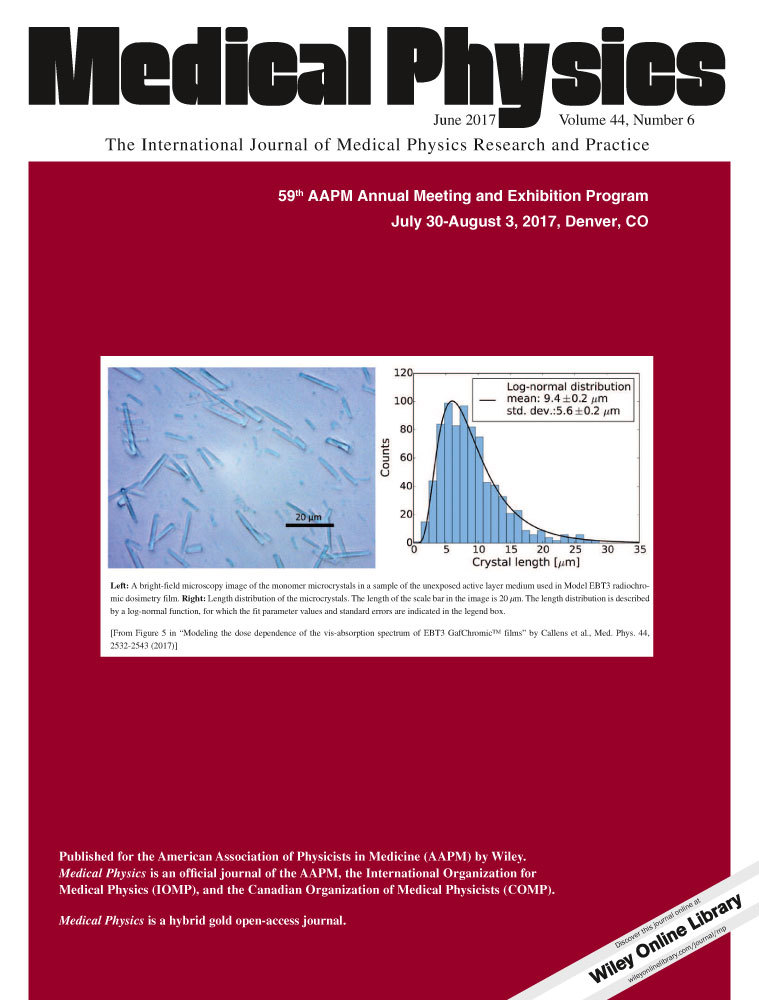
Top 10 most downloaded articles of Med. Phys.
Ge Wang, Mannudeep K. Kalra and Colin G. Orton
Medical physics 44:2041-2044, 2017
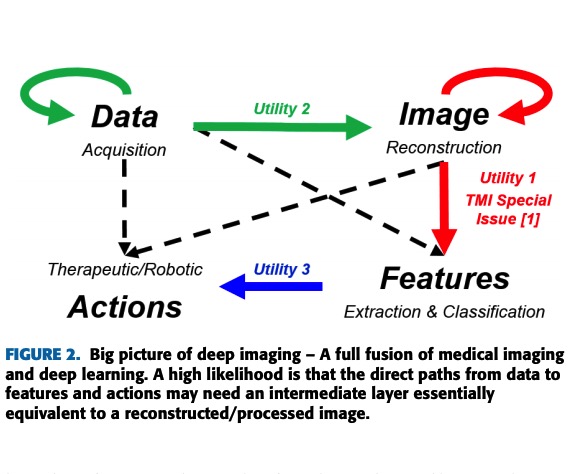
First perspective on machine learning / deep learning for tomographic imaging, as a roadmap for the new area of “deep reconstruction” / “deep imaging” and a basis for the 1st special journal issue on this theme (IEEE TMI)
Ge Wang
Representative Research Articles
-
Deep learning predicts cardiovascular disease risks from lung cancer screening low dose computed tomography
Chao HQ, Shan HM, Homayounieh F, Singh R, Khera RD, Guo HT, Su T, Wang G, Kalra MK, Yan PK
Nature Communications
[link] -
Competitive performance of a modularized deep neural network compared to commercial algorithms for low-dose CT image reconstruction
Shan HM, Padole A, Homayounieh F, Kruger U, Khera RD, Nitiwarangkul C, Kalra MK, Wang G
Nature Machine Intelligence
[link] -
A novel edge-on structure for energy-resolved x-ray detection
Shi ZF, Yang HY, Cong WX, Wang G
Physics in Medicine & Biology
[link] -
Determining scientific impact using a collaboration index
Stallings J, Vance E, Yang JS, Vannier MW, Liang J, Pang L, Dai L, Ye I, Wang G
PNAS
[link] -
Low-dose x-ray CT reconstruction via dictionary learning
Xu Q, Yu HY, Mou XQ, Zhang L, Wang G
IEEE Transactions on Medical Imaging
[link] -
Stability of the interior problem with polynomial attenuation in region of interest
Katsevich G, Katsevich A, Wang G
Inverse Problems
[link] -
Multi-energy CT based on a prior rank, intensity and sparsity model (PRISM)
Gao H, Yu HY, Osher S, Wang G
Inverse Problems
[link] -
Non-uniqueness and instability of ‘Ankylography’
Wang G, Yu H, Cong W, Katsevich A
Nature
[link] -
Compressive sensing based interior tomography
Yu H, Wang G
Physics in Medicine & Biology
[link] -
In vivo mouse studies with bioluminescence tomography
Wang G, Cong WX, Kumar D, Qian X, Shen H, Sinn P, Hoffman E, McLennan G, Henry M
Optics Express
[link] -
Uniqueness theorems in bioluminescence tomography
Wang G, Li Y, Jiang M
Medical Physics
[link] -
Convergence studies on iterative algorithms for image reconstruction
Jiang M, Wang G
IEEE Transactions on Medical Imaging
[link] -
Spatial variation of resolution and noise in multi-slice spiral CT
Meinel Jr. JF, Wang G, Jiang M, Frei T, Vannier MW, Hoffman EA
Academic Radiology
[link] -
Longitudinal resolution in volumetric X-ray CT – Analytical comparison between conventional and helical CT
Wang G, Vannier MW
Medical Physics
[link] -
A general cone-beam reconstruction algorithm
Wang G, Lin TH, Cheng PC, Shinozaki DM
IEEE Transactions on Medical Imaging
[link]
Representative Perspectives/Reviews
-
Development of Metaverse for Intelligent Healthcare. Nature Machine Intelligence
Wang G, Badal A, Jia X, Maltz JS, Mueller K, Myers KJ, Niu C, Vannier MW, Yan PK, Yu Z, Zeng RP
Nature Machine Intelligence
[link] -
On interpretability of artificial neural networks
Fan FL, Xiong JJ, Wang G
IEEE Transactions on Radiation and Plasma Medical Sciences
[link] -
Deep learning for tomographic image reconstruction
Wang G, Ye JC, De Man B
Nature Machine Intelligence
[link] -
Perspective on deep imaging
Wang G
IEEE Access
[link] -
Hybrid imaging system for simultaneous spiral MR and X-ray (MRX) scans
Gjesteby L, Xi Y, Kalra M, Yang QS
IEEE Access
[link] -
Simultaneous CT-MRI - Next chapter of multi-modality imaging
Wang G, Kalra M, Murugan V, Xi Y, Gjesteby L, Getzin M, Yang QS, Cong WX, Vannier MW
Medical Physics
[link] -
Spectral CT with photon-counting detectors – The next wave of the CT field
Wang G, Butler A, Yu HY, Campbell M
IEEE Transactions on Medical Imaging
[link] -
The meaning of interior tomography
Wang G, HY Yu
Physics in Medicine & Biology
[link] -
Achieving Routine Submillisievert CT Scanning - Report from the Summit on Management of Radiation Dose in CT
McCollough GH, Chen GH, Kalender WA, Leng S, Samei E, Taguchi K, Wang G, Yu L, Pettigrew R
Radiology
[link] -
Towards omni-tomography
Wang G, Zhang J, Gao H, Weir V, Yu HY, Cong WX, Xu XC, Shen HO, Bennett J, Furth M, Wang Y, Vannier MW
PLoS ONE
[link] -
Gel’fand-Graev’s reconstruction formula in the 3D real space
Ye YB, Yu HY, Wang G
Medical Physics
[link] -
Compressive sensing for medical imaging
Wang G, Bresler Y, Ntziachristos V
IEEE Transactions on Medical Imaging
[link] -
Overview of bioluminescence tomography - A new molecular imaging modality
Wang G, Cong WX, Shen H, Qian X, Henry M, Wang Y
Frontiers in Bioscience
[link] -
An outlook on x-ray CT research and development
Wang G, Yu HY, DeMan B
Medical Physics
[link] -
Approximate and exact cone-beam reconstruction with standard and non-standard spiral scanning
Wang G, Lin TH, Cheng PC, Shinozaki DM
Physics in Medicine & Biology
[link]